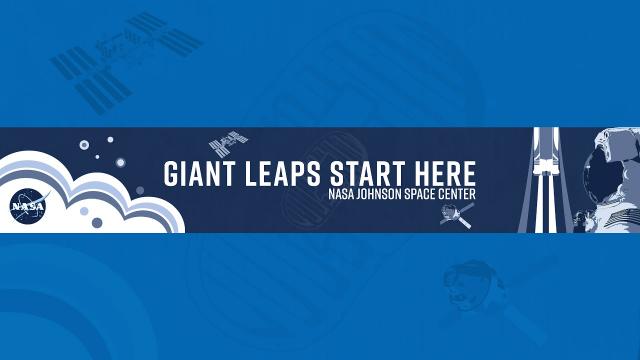Outer Space & Universe
Outer Space & Universe
Space, also known as outer space, is the near-vacuum between celestial bodies. It is where everything (all of the planets, stars, galaxies and other objects) is found.
On Earth, space begins at the Kármán line (100 km above sea level). This is where Earth's atmosphere is said to stop and outer space begins. This is not a firm boundary but is a convention used by scientists and diplomats.
Items in space are free to move back and forth; up and down; and left and right. These three dimensions are what make 3D space. Items also move forward through time, which is sometimes called the fourth dimension.
The majority of space contains very little matter and so most of it is a vacuum. Scientists do not know how big space is but we do know that space is extremely big, and is always expanding.
According to the big bang theory, all matter and energy in the Universe was compressed into a very small space. Then it exploded and started expanding. Space is still growing in size today; this means the distance from one galaxy to distant galaxies is getting longer.
Gravity is the force that keeps the Moon in orbit around the Earth and the planets in orbit around the Sun. Gravity can stretch and bend space similar to how a heavy ball placed on a stretched sheet of rubber will cause the rubber to stretch. The scientist who discovered that space can bend is named Albert Einstein. How gravity bends space is part of his theory of general relativity.
Astronauts, Cosmonauts, Taikonauts and Spationauts
An astronaut is any person who is trained by NASA to travel and perform tasks in space. Although the space traveler may not necessarily be a United States citizen, each astronaut does go through a rigorous training regiment by the National Aeronautics and Space Administration. Other space travelers go by other names then astronaut depending on their country of origin.
In the United States, astronaut is derived from the Greek words ástron (star) and nautis (sailor). While, in Russia, a space traveler goes by the name космонавт (English: cosmonaut), which is derived from the Greek words kosmos (universe) and nautis (sailor). Westerners call a space traveler from China a taikonaut, based on the 1998 writings of Chiew Lee Yik and Chen Lan where the term tàikōng (great emptiness), Chinese for “space”. In China, the term yuháng yuán (universe navigator) is used for space traveler.
Only the United States of America (United States), Russia (earlier, the Union of Soviet Socialist Republics), and the People’s Republic of China (China) have sent manned spacecraft into space. Other countries have assisted these countries by sending their own space travelers on space missions. For instance, a French space traveler is called a spationaut (from the French word spationaute), which is derived from the Latin spatium (space) and Greek nautis (sailor). (plural in Greek nautes = sailors)
-
01:00 New
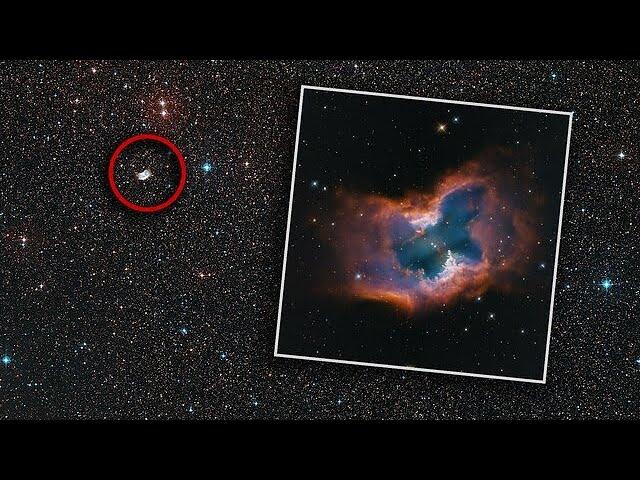
Zoom into the planetary nebula NGC 2899
Added 6 Views / 0 LikesThis video takes the viewer through space to reveal a new NASA/ESA Hubble Space Telescope image that captures the beauty of the moth-like planetary nebula NGC 2899. This object has a diagonal, bipolar, cylindrical outflow of gas. This is propelled by radi
-
00:30 New
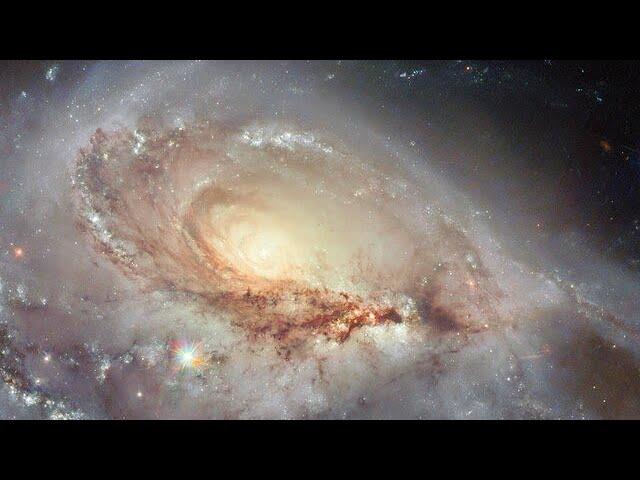
Pan video: Arp 184
Added 6 Views / 0 LikesA beautiful but skewed spiral galaxy dazzles in today’s NASA/ESA Hubble Space Telescope Picture of the Week. This galaxy, called Arp 184 or NGC 1961, sits about 190 million light-years away from Earth in the constellation Camelopardalis (The Giraffe).The
-
15:28 New
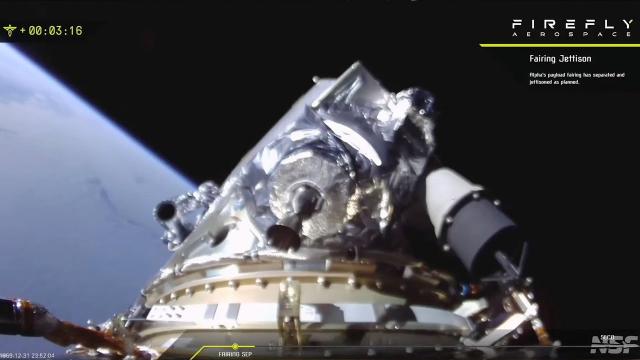
Blastoff! Firefly launches Alpha rocket for 6th time - "Mishap" impacts engine nozzle
Added 6 Views / 0 LikesFirefly's Alpha rocket lifted off from California's Vandenberg Space Force Base on April 29, 2025 at 9:37 a.m. EDT (1337 GMT; 6:37 a.m. local California time). Full Story: https://www.space.com/space-exploration/launches-spacecraft/firefly-aerospace-alpha
-
00:30 New

Pan: Rosette Nebula
Added 5 Views / 0 LikesThis is a Hubble Space Telescope photo of a small portion of the Rosette Nebula, a huge star-forming region spanning 100 light-years across and located 5,200 light-years away. Hubble zooms into a small portion of the nebula that is only 4 light-years acro
-
03:17 New
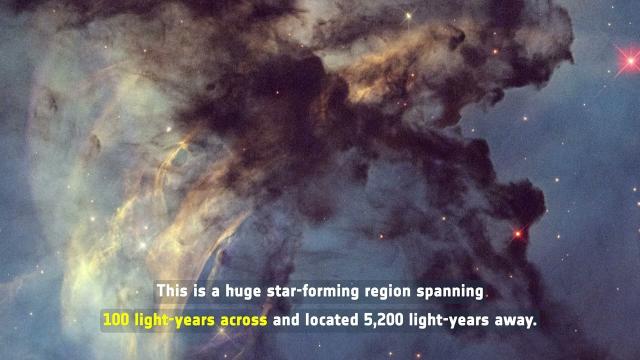
Space Sparks episode
Added 5 Views / 0 LikesThis Space Sparks episode celebrates the 35th anniversary of the NASA/ESA Hubble Space Telescope by showcasing four beautiful new images.More information and download options: http://esahubble.org/videos/heic2505a/Credit:Directed by: Bethany Downer and Ni
-
02:32 New
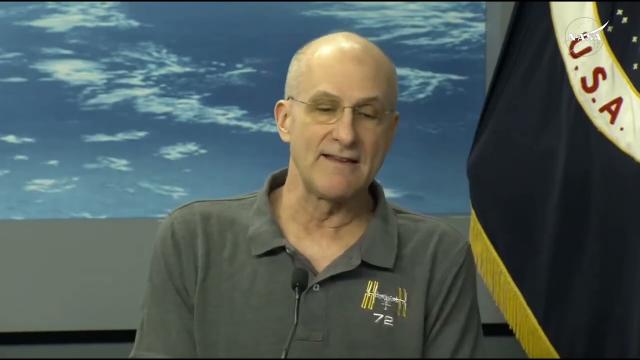
NASA astronaut Don Pettit 'was not a happy camper' after landing back on Earth
Added 5 Views / 0 LikesNASA astronaut didn't feel too great after landing back on Earth about a Soyuz capsule on April 19, 2025.Credit: NASA
-
09:02 New
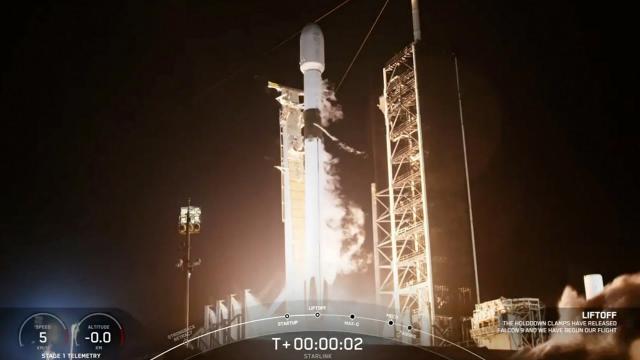
Blastoff! SpaceX launches Starlink batch to complete doubleheader, nails landing
Added 5 Views / 0 LikesA SpaceX Falcon 9 rocket launched 23 Starlink satellites — including 13 with direct-to-cell capability — from NASA's Kennedy Space Center in Florida on April 28, 2025 at 10:34 p.m. EDT (0234 GMT on April 29)."It was the second Starlink group to fly today;

